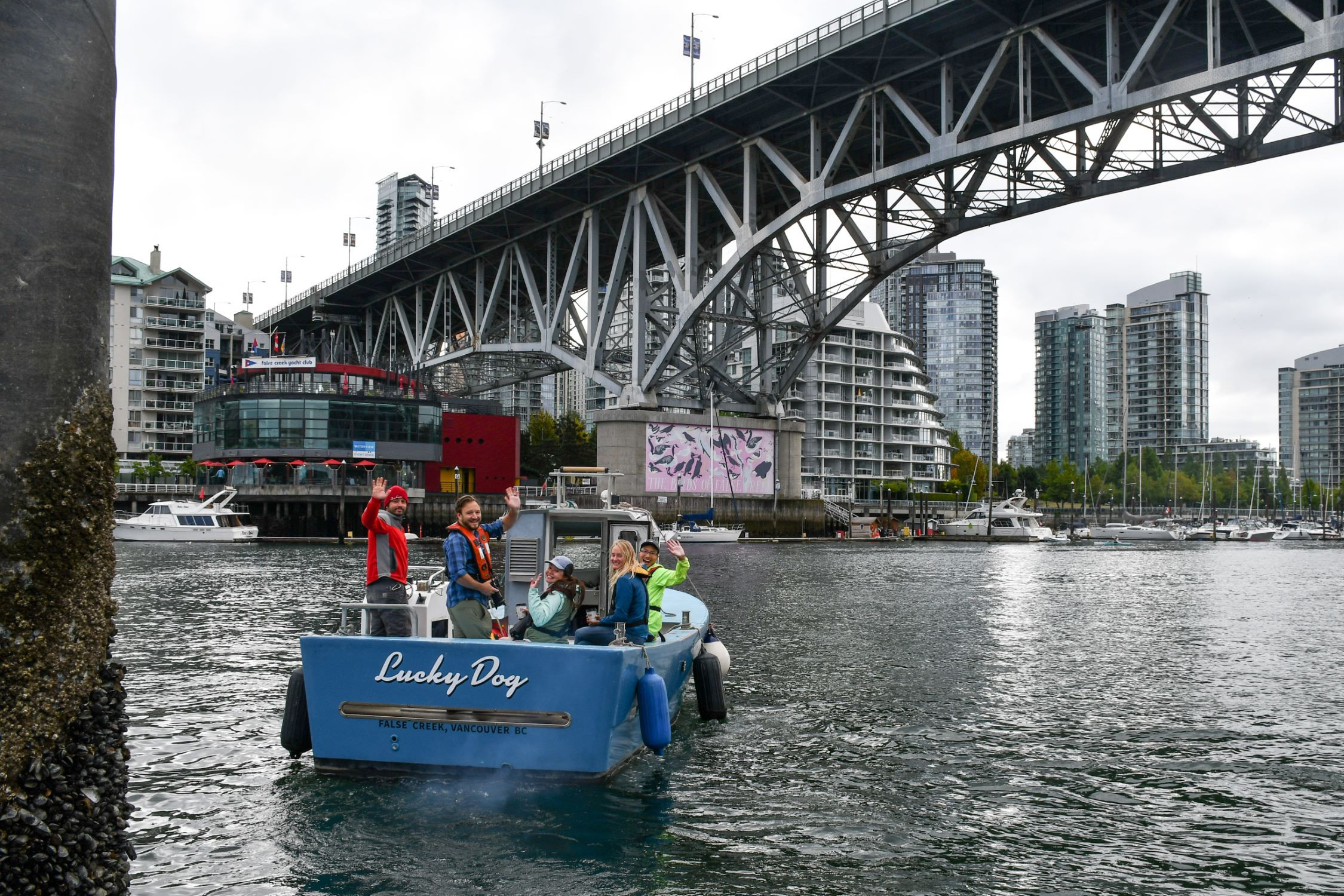
How To Connect People to Biodiversity: Some Activity Ideas for Your Next Community-Focused BioBlitz
The Hakai Institute loves BioBlitzes! A research institute based in British Columbia (BC), Canada, the Hakai Institute conducts long-term scientific research at remote locations on the coastal margin. One way in which Hakai studies life on the BC coast is through hosting “BioBlitzes”. These are intensive efforts held within designated locations to record as many species as possible within designated periods of time. Essentially, they are biodiversity “find-, show- and tells” that contribute to our greater collective understanding of the amazing diversity of life on Earth. They are also wonderful ways to build communities of biodiversity professionals to amateurs, to connect people to place, and to advance the conservation and protection of local biodiversity. If you’re thinking “this sounds cool!” and you’d like to host (or co-host) a community-focused BioBlitz in your community, below are some activity ideas to engage young and old alike, and some broader resources to help you get started.

Activity Ideas
Drawn from some of the resources listed below and the experiences of Hakai staff and partnering institutions, here are some activity ideas to facilitate public participation in your next BioBlitz:
Set up a “basecamp”. This could be a place where scientists are available for questions, people can freely examine specimens (larger to microscopic), and nature education games and events (themed arts and crafts, face painting, etc.) for the participants are run. Biodiversity-related community organizations can be invited to set up tents. Handouts can be given out at “basecamp” that explain things such as iNaturalist (for those who may not be able to or wish to attend scheduled events, but would like to participate).
Hold a contest! Art contests (during and/or after) including multiple mediums (photography, videography, writing, visual art) can be a great way to engage local artists and naturalists in your event, including young naturalists. Some other fun contest ideas related to species observation include: most observations, most species, most correct identifications. Random draws also encourage participation, as do incentives (e.g., stickers for all who participate).
Hold a scavenger hunt. Scavenger hunts for adults and/or children can encourage learning about particular taxa or species, and allow community members to see species in their natural habitat and at their natural daily activities. Encourage participants to “act like a scientist” and take photographs and measurements and record other observations.
Organize events by taxa- or species- type. Organize some activities by species-type based on interests and skills of the public and groups you may want to involve.
Tailor activities to different community user groups. Host a cycling safari! Or a health-heart-walk to the intertidal! Involve artists in the community in nature interpretation. It’s a good idea to have activities of differing lengths and intensity, meeting the needs of casual to more advanced participants.
Host a mix of scheduled and drop-in activities. Events like “ask a scientist” or “ask a taxonomist” can encourage discourse between professionals and amateurs and build curiosity and enthusiasm for biodiversity.
Offer virtual engagement opportunities. Virtual engagement can be beneficial, especially where BioBlitzes are being held in remote regions.
Conduct before-Blitz engagement, for example:
Poll community members. What species are they curious about? What sort of events might they be interested in participating in?
Offer training. Consider offering workshops on things such as “how to use iNaturalist” or “Intro to species ID”. More advanced workshops on species identification in the field could be led by species experts ahead of or early in the event.
Tailor events to school curriculum. Meeting with teachers beforehand can ensure that any in-school events or events tailored to school children benefit their education.
Design a logo! A logo (and merchandise like t-shirts or tote bags or stickers) designed by a graphic designer can do wonders in terms of building enthusiasm in the community for your Blitz.
Guidance Documents
Guide to Running a BioBlitz 2.0 (Natural History Consortium) (2013)
BioBlitz in-a-box (Canadian Wildlife Federation) (2017)
Websites
Articles and Blogs
The Foragin’ of Species by Adrienne Mason. Hakai Magazine. August 21st, 2017
Weird, Rare, and Everywhere by Arno Kopecky/ Hakai Institute. Hakai Magazine. May 24th, 2023
Looking for Life in All the Right Places. Tula Quarterly. April 4th, 2024
Other Resources
Hakai BioBlitz by Meigan Henry, Grant Callegari, and Josh Silberg. January 23rd, 2018
By Romney McPhie


